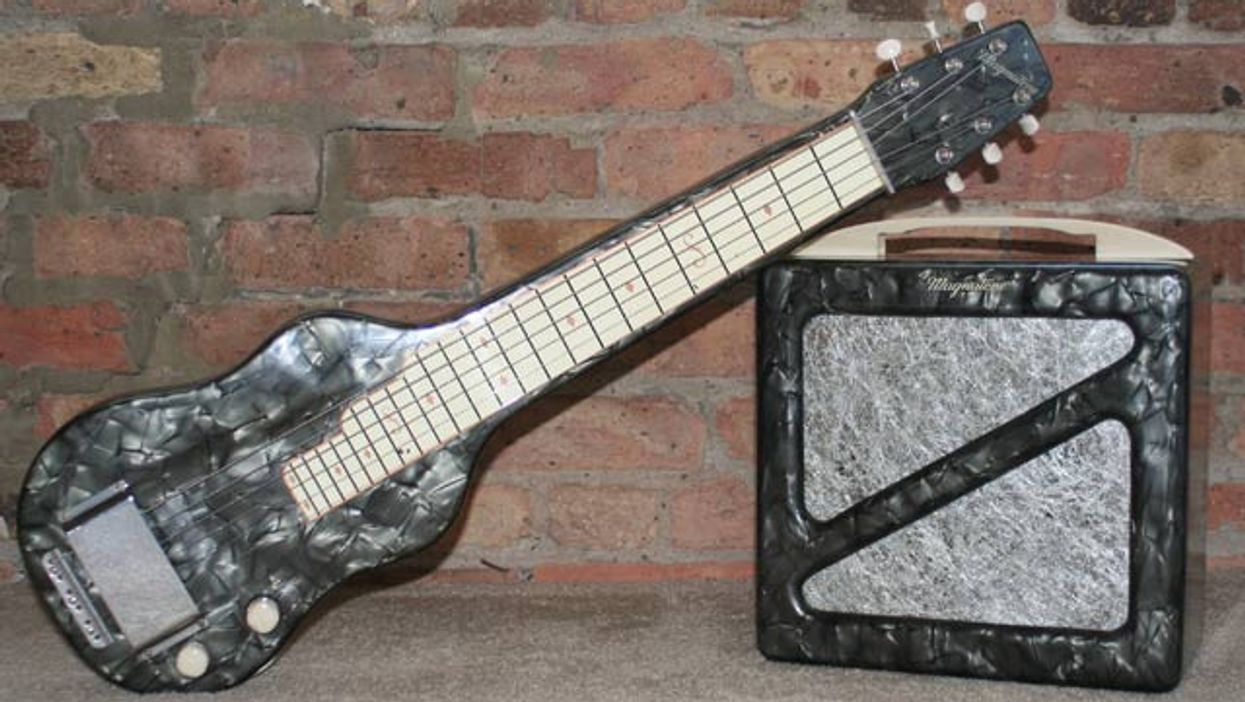Search
Latest Stories
Start your day right!
Get latest updates and insights delivered to your inbox.
magnatone-rebuild-lap-steel-vintage-thirties-amp-tiny-ac-power-issues-no-ground-transformer
Don’t Miss Out
Get the latest updates and insights delivered to your inbox.
Recent
load more

